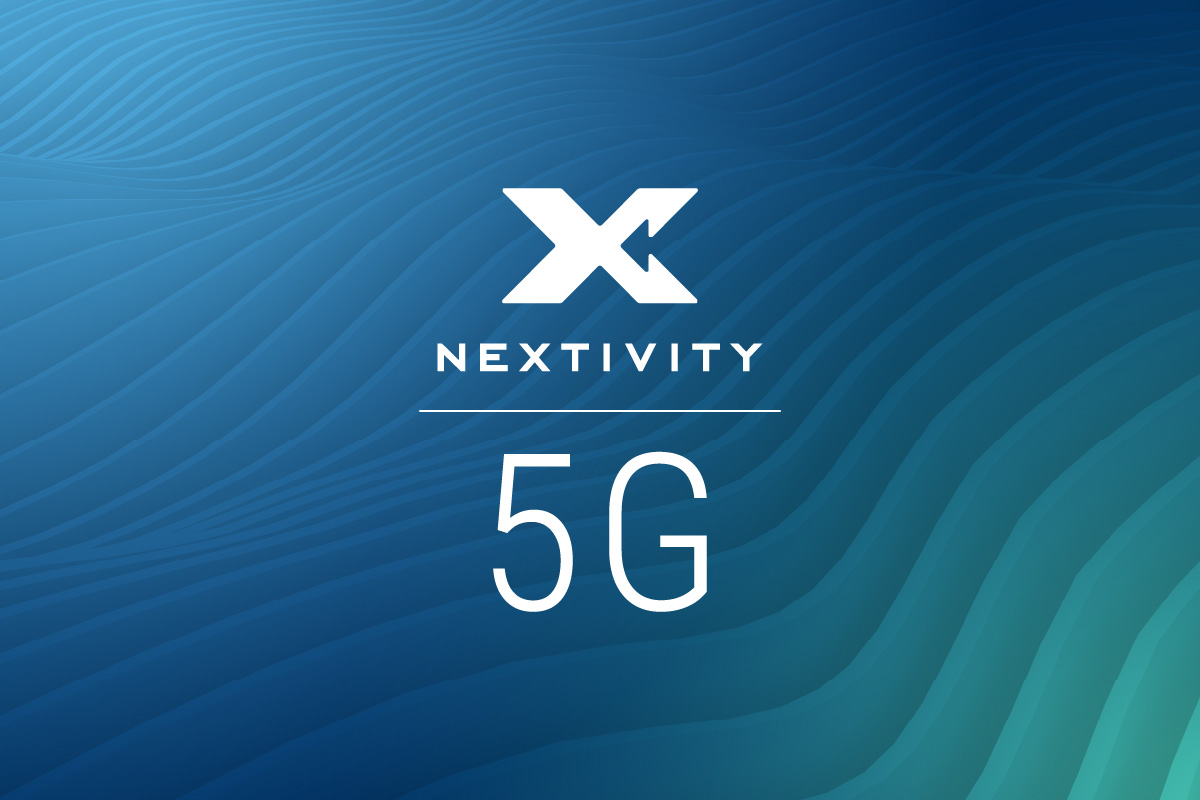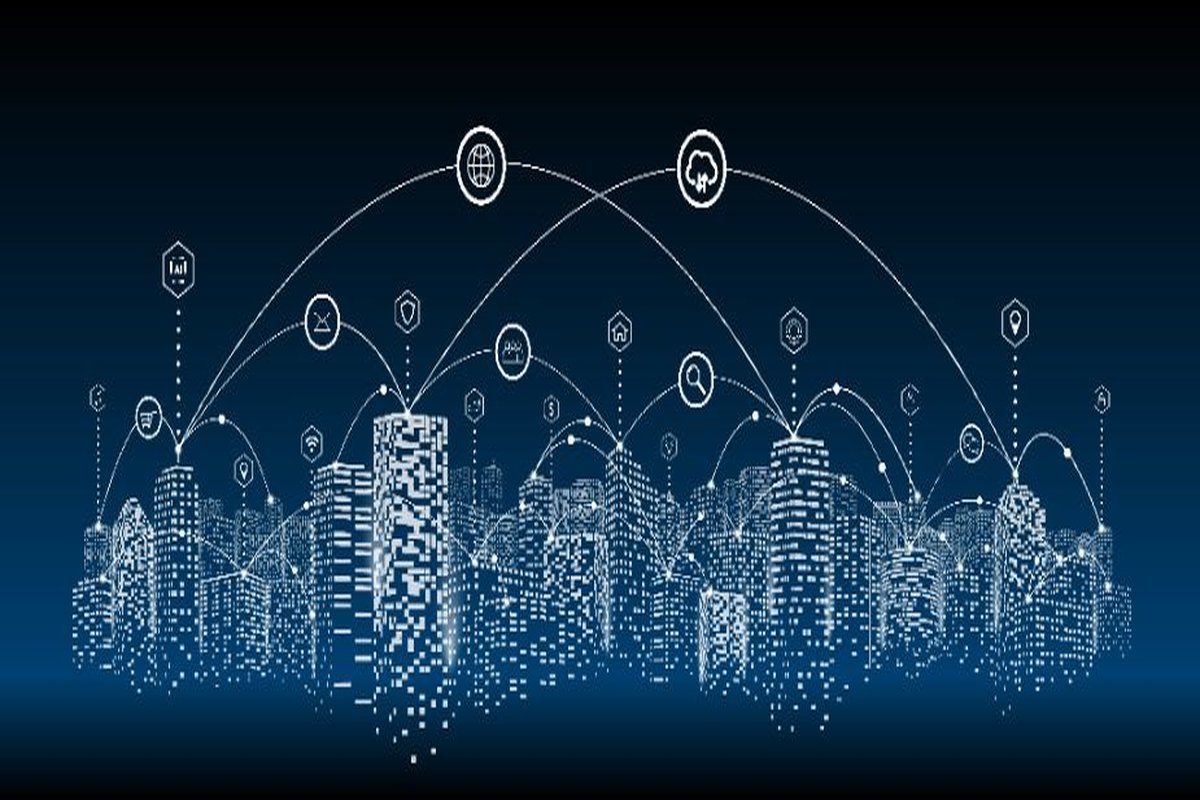5G is not a specific technology. It is a collection of services that can be enabled by a set of technologies. These include Enhanced Mobile Broadband, Ultra Reliable and Low Latency Communication, and Massive Machine Type Communications.
To deliver these services, core areas of existing 4G technology needed to be addressed. One of these areas is the bandwidth available to deliver the services. There is a limit to the amount of data that can be sent in every MHz of spectrum called the Shannon limit. Therefore, even with the best technology, extremely high data speeds (in excess of 1 Gbps) require access to large amounts of spectrum. These large amounts of spectrum can only be found at very high frequencies – above 24 GHz (e.g., mmWave frequencies). Therefore, 5G introduces the concept of two frequency ranges. FR1 describes frequency ranges below 6 GHz and FR2 describes frequency ranges above 6 GHz (typically around 30 GHz).
FR2 has lots of bandwidth available, but the reach of these high frequency signals is very short. Therefore, we have seen them used for specific applications more than for general coverage. As our company focuses on providing excellent general coverage, our product line is focused on FR1 or sub 6 GHz operation. This does not mean we can’t support high data rates – in fact we have shown, with a number of operators, how we can break 1 Gbps. It means that we focus on delivering high speed general coverage and not ultra-fast spot coverage.

The frequencies within FR1 are typically divided into three ranges. Low-band frequencies fall below 1 GHz, mid-band frequencies below 2 GHz and high-band frequencies above 2 GHz. The most well-known high band frequencies are bands n78, n41 and C-band. These frequencies are new additions to the frequencies used in mobile networks. They are unique because they offer Mobile Network Operator’s (MNO) blocks of 100 MHz spectrum, which is the widest single block of spectrum that is used in 5G systems (you can use multiple blocks as well, but 100 MHz is a focus point). These 100 MHz blocks allow for high data speeds, in excess of 1 Gbps, especially when used in conjunction with additional spectrum in the low and mid bands.
The issue with high-band signals is that they don’t propagate as well as low and mid-band signals. They propagate much further than FR2 (mmWave) signals, so outdoor coverage can be good, but indoor coverage suffers significant degradation. Thus, incorporating high-band signals into the CEL-FI portfolio has been a priority for Nextivity. Not only did we want to bring high-band signals indoors, but we wanted to do it using the same unconditionally network safe and easy-to-install technology that CEL-FI products are known for. This is what our GO G51 product does, and over time, as the use cases demand, we will bring the same coverage to our other product families.
In addition to 5G in the high bands, we are seeing operators refarming mid-band and low-band spectrum from 4G to 5G. The reasoning behind this is self-evident. In order to reach the furthest with 5G signals, 5G needs to be deployed in the low bands as they propagate the best. Also, bringing 5G to the mid band gives the optimum trade-off between data rate and coverage. This shift of 5G into the low and mid bands presents the value use case for 5G. It delivers 5G features and functions at the lowest cost to end-users. To support this transition of 5G into the mid and low bands, all in-building CEL-FI products will be upgraded with 5G NR support with the same unconditionally network safe and easy-to-install technology the products are known for in 4G. This upgrade is a software-only upgrade.
Once the software upgrade is complete, our CEL-FI product range could be viewed in two tiers: products that cover low and mid bands and offer the best value in-building coverage option (high data rates typically up to 100 Mbps for users in the building) and products that cover high band in addition to low and mid bands that offer a premium 5G experience (data rates up to 1 Gbps). Which offering to choose depends on the needs of the customer. Most warehousing, manufacturing and general enterprise applications are typically well-served by the value tier products, especially when you view the public network coverage as one leg of your wireless strategy that includes Wi-Fi, public cellular, private networking, and sensor network coverage. At Nextivity, our focus is on providing a complete solution for the non-Wi-Fi portion of your wireless strategy.




